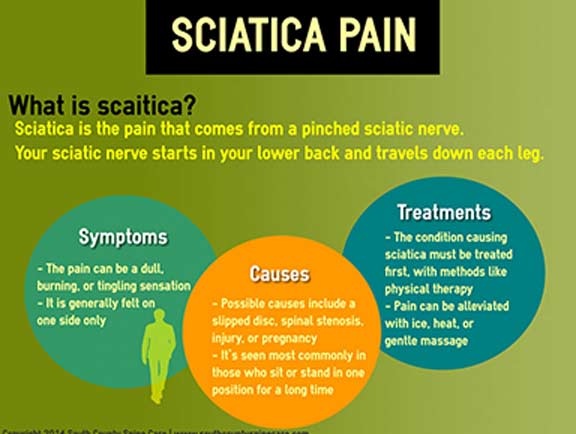A Relative Analysis Of Acupuncture And Alternative Pain Monitoring Methods
A Relative Analysis Of Acupuncture And Alternative Pain Monitoring Methods
Blog Article
Content Author-Perkins Fog
When you take into consideration discomfort management alternatives, you could find yourself considering the advantages and disadvantages of numerous methods, consisting of acupuncture, non-prescription drugs, and physical treatment. While several strategies supply relief, they typically include their own collection of obstacles, like negative effects or prolonged treatment times. Acupuncture stands out for its special capacity to promote self-regulation with fewer dangers. Yet exactly how does its performance compare to more conventional methods? The subtleties of these techniques can dramatically affect your choices, and discovering them even more can lead to unusual understandings.
Summary of Pain Monitoring Techniques
When it involves handling pain, you have a selection of methods available. These methods can range from standard methods to more alternative therapies. Recognizing your options is critical in finding what works best for you.
One usual strategy is non-prescription medicines like advil or acetaminophen, which can provide quick alleviation for mild to modest discomfort. Prescription medicines, consisting of opioids, may be required for much more severe pain, though they feature risks of reliance and adverse effects.
Physical therapy is one more efficient approach, focusing on workouts and stretches to enhance muscle mass and improve movement. This method frequently assists in managing persistent discomfort conditions.
In addition, some individuals turn to more holistic alternatives, such as massage treatment, which can relieve stress and enhance flow.
Mind-body methods, like mindfulness reflection or yoga, help you take care of discomfort by reducing stress and improving your mental durability.
Lastly, way of life adjustments, such as maintaining a healthy and balanced diet and normal exercise, can play an important function in overall discomfort monitoring. Each strategy has its advantages and disadvantages, so it's necessary to explore what suits your requirements and choices best.
Conveniences of Acupuncture
Acupuncture offers a special technique to discomfort administration that stands out among various techniques. By targeting certain points on your body, it promotes the flow of energy, or "qi," promoting natural recovery and minimizing discomfort.
Among the greatest benefits is its very little adverse effects. Unlike some drugs, which can cause dependence or unwanted health problems, acupuncture is a holistic therapy that motivates your body's self-regulation.
You'll likely find that acupuncture sessions can assist relieve chronic discomfort, frustrations, and even anxiety. Lots of people experience a feeling of leisure and wellness during and after treatment, which can improve general quality of life.
And also, it's a functional option; it can be used along with various other therapies, making it a fantastic enhance to your existing pain monitoring strategy.
https://alexisidyrm.blazingblog.com/33112284/investigating-the-relationship-in-between-chiropractic-care-adjustments-and-improved-wheelchair is that acupuncture can be customized to your certain requirements. Your practitioner will assess your condition and create a customized therapy strategy, guaranteeing you receive the care that finest sustains your recovery.
With its old origins and growing approval in modern medication, acupuncture stands apart as an engaging alternative for discomfort alleviation.
Contrasting Efficiency and End Results
Discomfort monitoring strategies vary commonly in their performance and results, making it essential to recognize just how they compare to each other. When taking into consideration options like acupuncture, physical treatment, and medicine, you'll locate distinctive distinctions in how each method addresses pain.
Acupuncture, for instance, typically offers alleviation for persistent pain problems, with researches showing significant enhancements hurting degrees for many individuals.
On the other hand, medicines like opioids can efficiently take care of acute pain yet bring threats of dependency and adverse effects.
Physical treatment concentrates on recovery and might take longer to reveal results, which can be frustrating if you require instant relief.
When examining these strategies, think of your certain pain kind and your individual wellness goals. Some people find that a combination of techniques works ideal for them.
For instance, you might gain from acupuncture sessions alongside physical treatment to make best use of recovery.
Inevitably, comprehending the efficiency and end results of each technique will certainly help you make informed choices regarding your pain monitoring approach, permitting you to choose the strategy that ideal matches your demands and lifestyle.
Final thought
In summary, acupuncture attracts attention as a useful option to standard pain monitoring methods. It supplies quick relief and fosters self-regulation without the risks of dependency connected with medications. While physical therapy might demand even more time for results, acupuncture can give immediate advantages, making it an appealing choice for those looking for relief from persistent pain and stress. By integrating acupuncture into your discomfort management strategy, you can improve your general health and reclaim control over your health and wellness.
